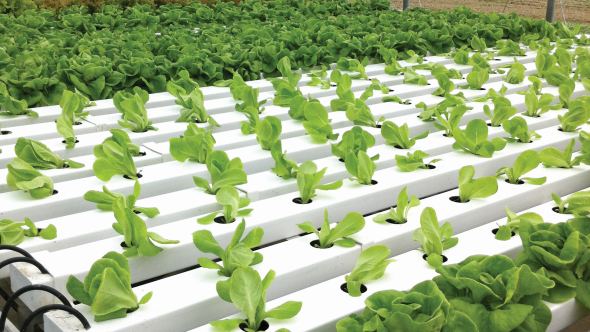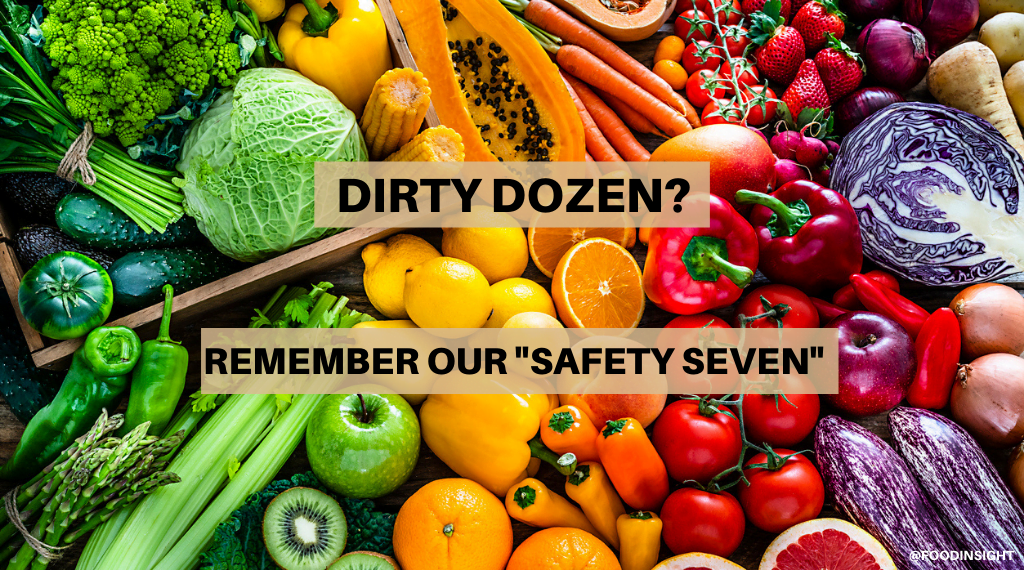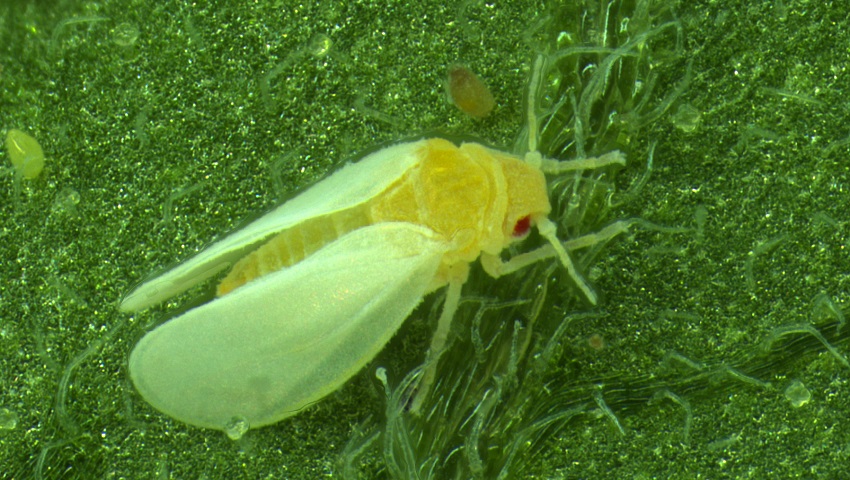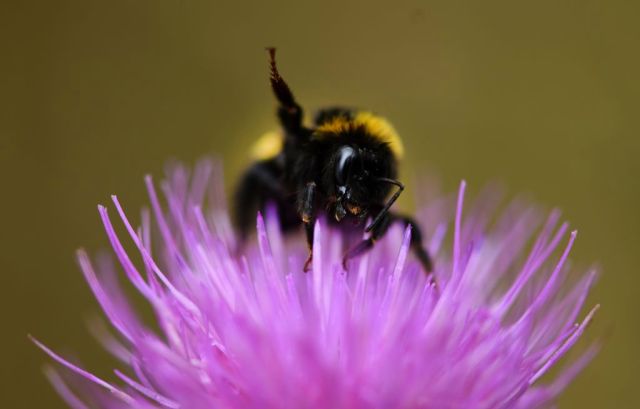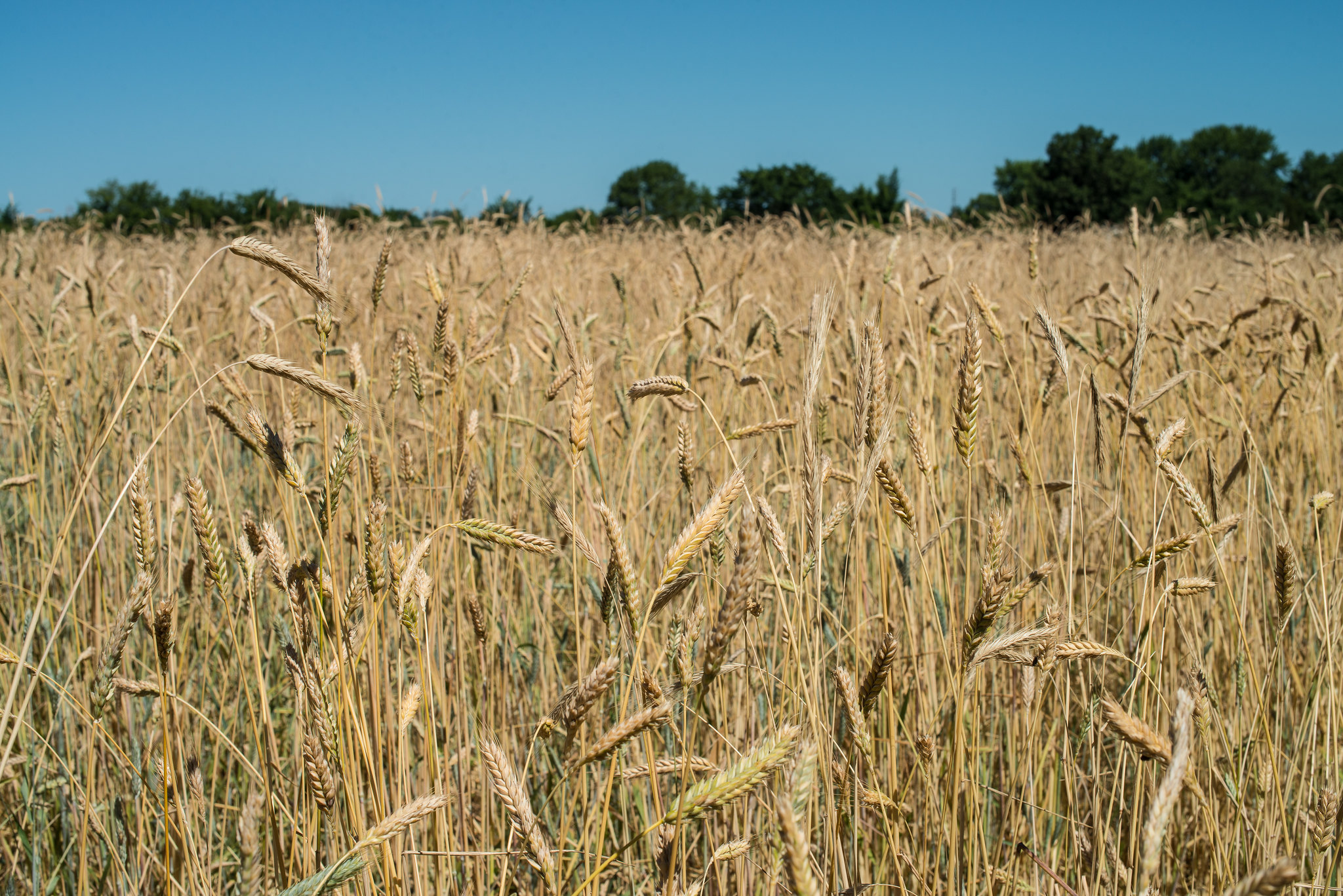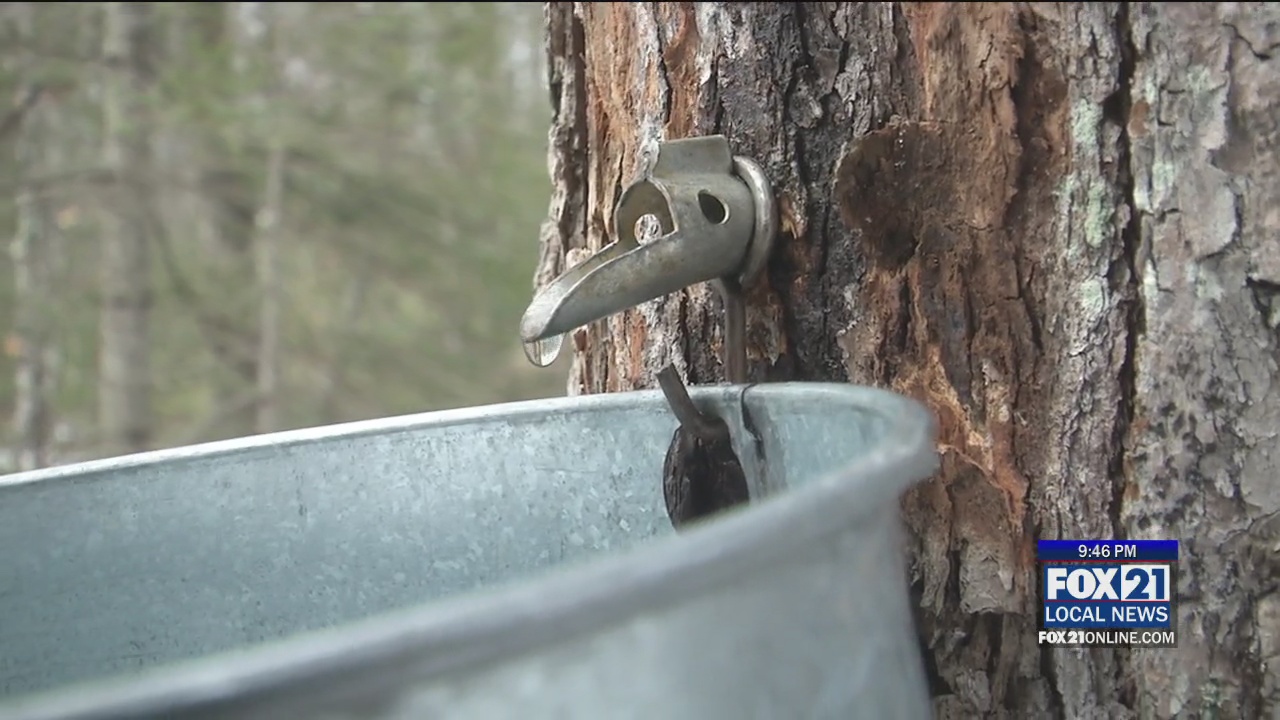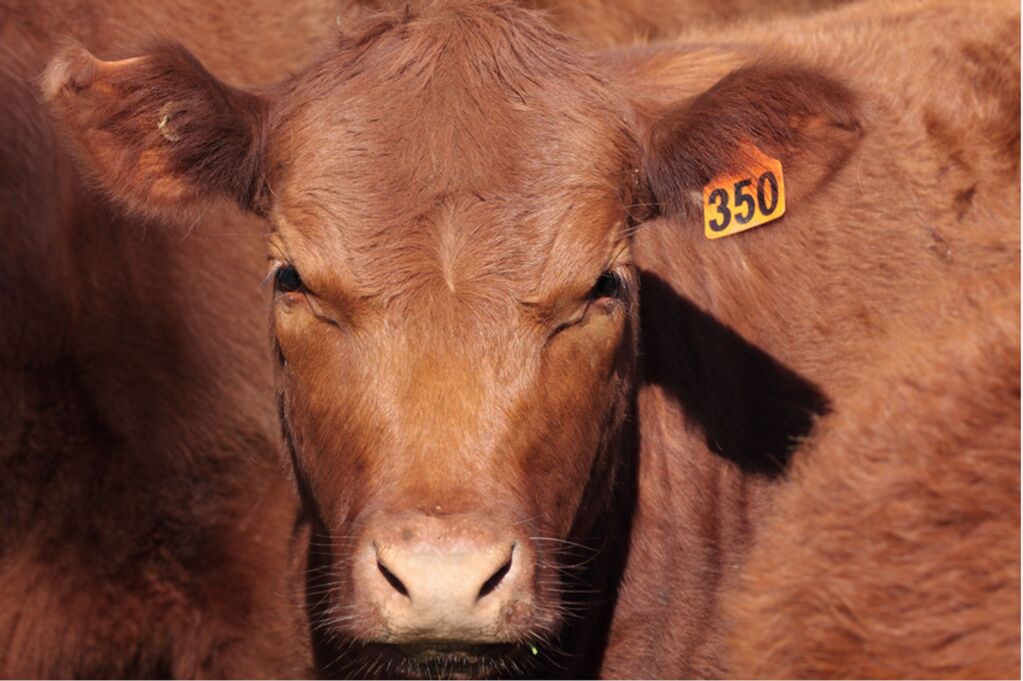 JAMES MSASA
JAMES MSASA
Topics: Government / Policies,
REST IN PEACE AFRICAN GIANT. You did a lot for Tanzanian and today you will be burried.
The African Poet,Obert Dube MOURNS President John Magufuli
Tanzania President John Magufuli died on Wednesday, 17th March 2021 from heart complications at a hospital in Dar es Salaam, Samia Suluhu Hassan said in an a...
-
(1)
-
Bookmark
- Comments (0)
03/26/2021 SOURCE: www.growingproduce.com
Decision handed down amid long-standing debate over whether or not aquaponic systems of growing could ever be considered organic.
A Right To Organic Certification? Court Rules in Favor of Hydroponic Produce
-
(0)
-
Bookmark
- Comments. (0)
 Nancy Kavazanjian
Nancy Kavazanjian
Topics: Vegetables, Fruit, Food/Nutrition,
The Dirty Dozen: Remembering Our Safety Seven – Food Insight
The COVID-19 pandemic has caused many of us to plan our grocery store trips more carefully. On top of remaining safe we are also still working on...
-
(0)
-
Bookmark
- Comments (0)
 John LaRose Jr.
John LaRose Jr.
Topics: Agriculture Global, Insects, Research, Ag Asia / Pacific, Genes /Genetics, World Population, Education,
-
(0)
-
Bookmark
- Comments (0)
 John LaRose Jr.
John LaRose Jr.
Topics: Agriculture US, Forestry, Beekeeping, Sustainability, Pollinators, Weather,
-
(0)
-
Bookmark
- Comments (0)
 Nancy Kavazanjian
Nancy Kavazanjian
Topics: Soil Health, Agriculture US, Cover Crops,
-
(0)
-
Bookmark
- Comments (0)
 John LaRose Jr.
John LaRose Jr.
Topics: Agriculture US, Organic, Forestry, Food/Nutrition, Sustainability, Weather,
Sweet Success: Brule River Farm Continues 30-Year Tradition of Maple Syrup Making - Fox21Online
BRULE, Wis. – As the seasons change, the sap is running wild in the north woods. For the owners of Brule River Farm in Brule, Wisconsin, it’s a season they look forward to year-round. “It’s something we wouldn’t do if we didn’t like it, and it’s a passion for us, it keeps us busy,” said David Dumke, co-owner of Brule...
-
(0)
-
Bookmark
- Comments (0)
 John LaRose Jr.
John LaRose Jr.
Topics: Pest Control, Insects, Ag Asia / Pacific, World Population,
Aggressive Asian hornets gain foothold in Pacific Northwest
Native insects have few defenses against the invasive hornets, which can quickly eradicate an entire hive of honeybees. But experts in Japan say the "murder hornet" serves as an important part of the broader ecosystem.
-
(1)
-
Bookmark
- Comments (0)
03/25/2021 SOURCE: www.tsln.com
Bovine tuberculosis (TB) has been confirmed in a South Dakota beef herd for the first time since 2017. State veterinarian Dr. Dustin Oedekoven says that an infected cow was initially identified in January by meat…
Tuberculosis found in South Dakota cattle herd
-
(0)
-
Bookmark
- Comments. (0)
-
(1)
-
Bookmark
- Comments. (0)


